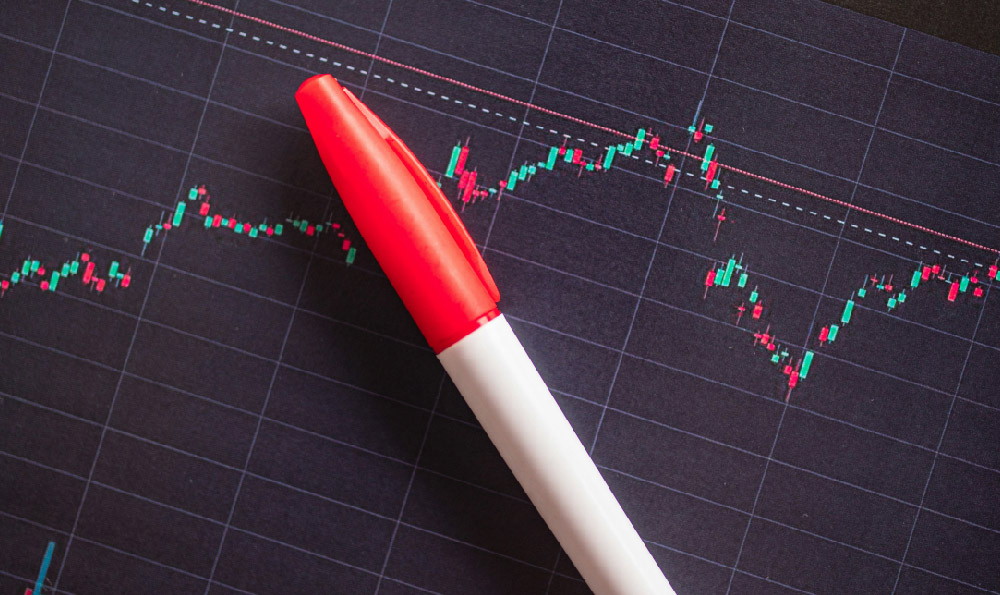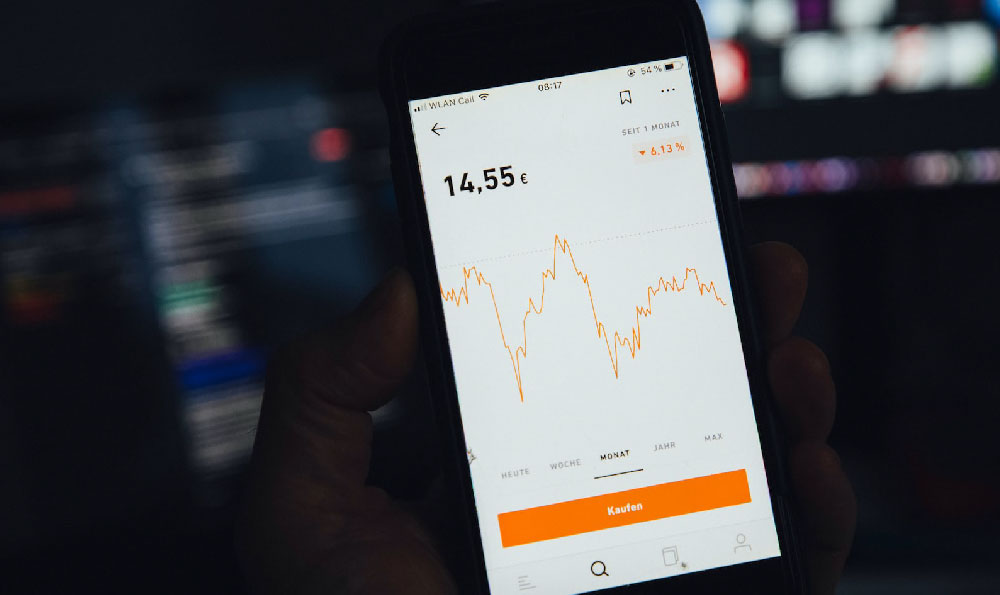During a bear market, the landscape of virtual currency and cryptocurrency investments becomes both challenging and an opportunity for those who approach it with strategic mindset and discipline. Unlike bull markets, which are characterized by rising prices and optimism, bear markets are marked by declining values, risk aversion, and a focus on fundamentals. The key to profiting in such an environment lies not in chasing trends, but in understanding the underlying forces that drive markets and leveraging them with calculated precision. For investors, this requires a combination of technical analysis, psychological fortitude, and long-term vision.
The first step in navigating a bear market is to recognize that volatility is inevitable, and it is often during these periods that the most undervalued assets emerge. Take, for example, the 2018 cryptocurrency crash, where many projects saw their prices drop by over 80% in a matter of weeks. Yet, this was also the time when foundational projects like Bitcoin and Ethereum began to consolidate, setting the stage for future growth. The difference between those who lost money and those who gained lay in their ability to identify value, not fear. By studying market cycles and historical patterns, investors can gain insights into when to hold, when to buy, and when to rebalance their portfolios.
One of the most effective strategies during a bear market is the concept of "buying the dip," which involves acquiring assets at lower prices when market sentiment is pessimistic. However, this approach must be executed with care. For instance, in 2020, when the global pandemic triggered a sharp sell-off in cryptocurrencies, early investors who identified projects with strong fundamentals and promising long-term potential were able to capitalize on the downturn. The key is to distinguish between genuine market corrections and prolonged bear markets. Technical indicators such as the Relative Strength Index (RSI), moving averages, and volume analysis can help identify these differences. A commodity trading advisor (CTA) might use a 200-day moving average to determine whether a cryptocurrency is in a long-term downtrend or experiencing a temporary dip.

Another critical aspect is to evaluate the broader macroeconomic environment, as these factors often influence cryptocurrency markets. During periods of high inflation or economic uncertainty, investors may turn to assets like Bitcoin as a hedge against fiat currency devaluation. Conversely, during a bear market, if traditional markets are also under pressure, this can create a "flight to safety" scenario where certain blockchain assets perform better than others. The relationship between interest rates and cryptocurrency markets is particularly noteworthy. When central banks raise interest rates, it often leads to a sell-off in high-risk assets, including cryptocurrencies. However, this can also create buying opportunities for those who understand how to position their investments in anticipation of rate changes.
Beyond market analysis, investors should focus on the fundamentals of individual projects. A bear market is an ideal time to conduct in-depth research on the technology, team, and use cases of cryptocurrencies. For example, during the 2022 bear market, projects with strong on-chain activity and robust developer engagement, such as Solana and Cardano, began to show signs of recovery before the market turned. Investors who prioritized projects with real-world utility, rather than hype or short-term speculation, were better positioned to weather the downturn. This aligns with the traditional principles of value investing, where the goal is to identify undervalued assets with long-term growth potential.
Risk management becomes even more critical during a bear market. The sharp declines in prices during such periods can quickly erode portfolios, so it is essential to set clear limits on potential losses. One approach is to use stop-loss orders, which automatically trigger a sell when a cryptocurrency falls below a predetermined price level. Another is to diversify across different asset classes, such as stablecoins, derivatives, and long-term holdings. For instance, a portion of an investor's portfolio might be allocated to low-risk assets like USDC or DAI, while another portion is invested in a mix of promising cryptocurrencies. This strategy helps mitigate exposure to any single asset and provides a buffer against market volatility.
Moreover, the concept of "dollar-cost averaging" (DCA) is particularly relevant during a bear market. Rather than attempting to time the market, DCA involves investing a fixed amount of money into a cryptocurrency at regular intervals, which can reduce the impact of market fluctuations. For example, if an investor consistently adds to their Bitcoin holdings over a period of six months, they are less likely to be affected by short-term price drops, as the average purchase price is smoothed out. This method is especially useful for those who lack the ability to predict market lows and prefer a more systematic approach to investing.
In addition to these strategies, the psychological aspect of investing during a bear market cannot be overlooked. Fear and panic often drive sell-offs, leading many investors to act irrationally. A seasoned investor knows how to remain calm and avoid impulsive decisions. This requires a strong understanding of behavioral finance and the ability to separate emotional reactions from logical analysis. By maintaining a long-term perspective, investors can avoid the temptation to panic and instead focus on their investment goals.
The role of market structure and chart patterns also becomes more important during a bear market. Advanced technical analysts might look for signs of a potential reversal, such as a "double bottom" or a "head and shoulders" pattern. These formations can indicate that a cryptocurrency is reaching a low point and may be poised for a rebound. Furthermore, understanding the key support and resistance levels can help investors identify optimal entry and exit points. For instance, a cryptocurrency that has been in a prolonged downtrend may find support at a certain price level, making it a strategic time to acquire.
Finally, the importance of continuous learning and adaptability cannot be overstated. During a bear market, the strategies that worked in previous market cycles may no longer be effective. Investors must stay informed about market developments, new technologies, and regulatory changes. This could involve reading industry reports, following reputable news sources, or consulting with experienced professionals. The ability to adapt and evolve is what sets apart successful investors from those who struggle during downturns.
In conclusion, profiting during a bear market requires a blend of technical expertise, psychological resilience, and fundamental analysis. By focusing on undervalued assets, employing disciplined risk management, and maintaining a long-term perspective, investors can position themselves to benefit from market cycles. The key is to avoid the common pitfalls of panic selling, excessive leverage, and overtrading, and instead seek opportunities that align with their financial goals and risk tolerance. With careful planning and execution, even the most challenging market conditions can be turned into a platform for growth and profit.












